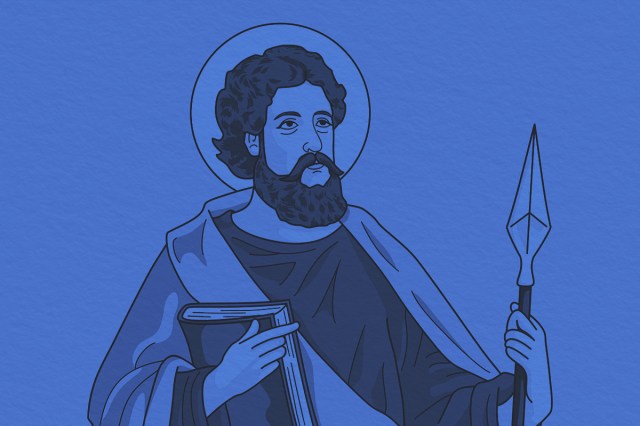
When talking about someone who’s habitually incredulous, why do we say “Doubting Thomas” instead of “Skeptical Samuel” or “Mistrusting Mary”? It’s because the Thomas in question happened to be quite famous. No, not Thomas Edison, and not Thomas the Tank Engine either. This Tom was known for his skepticism: The origins of this phrase refer to Thomas the Apostle from the Bible.
Thomas’ doubting nature appears in chapter 20 of the Gospel of John in the New Testament. According to that tale, Thomas was told that a resurrected Jesus Christ had appeared before the other apostles, though he refused to believe them until he saw it with his eyes. One week later, Jesus appeared before Thomas, causing the apostle to change his mind and believe. This scene has been a popular topic among artists as far back as the sixth century, with one of the earliest examples found in a mosaic at the Basilica di Sant’Apollinare Nuovo in Ravenna, Italy. It was later painted by Caravaggio in his 1601-02 work “The Incredulity of Saint Thomas.”
The phrase “Doubting Thomas” didn’t appear in the Bible, though, and it’s difficult to know for sure when it became a popular idiom. The Oxford English Dictionary cites an early example of the phrase in print in an 1883 article in Harper’s Magazine: “Doubting Thomases, who will only believe what they see, must wait awhile.” Given the long-lasting popularity of that magazine, it stands to reason that it helped inspire the readership to pick up and spread the usage of the same phrase.






















